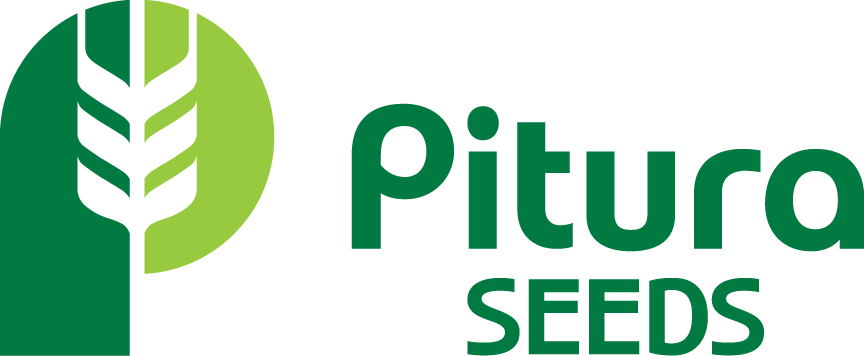Boosting Yield Potential of Early-Seeded Soybeans with AMS
In January 2025, I attended an Agro-insight meeting at which Peter Johnson (Wheat Pete) was a featured speaker. Anytime I have the opportunity to hear Mr. Johnson speak, my pen is flying trying to jot down as many notes as I can. At this meeting, one note by Mr. Johnson really caught my attention. Roughly transcribed, he said: In Ontario, the addition of AMS fertilizer on early seeded soybeans has shown yield increases of up to 20 bu/ac.
Immediately, all the heads in the room popped up. Generally speaking, sulfur is not a big part of the conversation for soybean fertility in Manitoba. Manitoba Pulse and Soybean Growers suggested guideline for sulfur fertility in soybeans states that “Soils that receive S fertilizer from other crops in the rotation generally provide sufficient amounts for soybeans and additional application may only be required for sandy, low organic matter soils”.
Under the recommendation from MPSG, the clay soils that we farm at Pitura Seed Farms wouldn’t require any additional sulfur application for our soybean crops. Our practice is to fall-band 20lbs actual sulfur (using elemental sulfur) ahead of soybeans to ensure we maintain adequate available sulfur for our canola crop. In the spring, we plant soybeans treated with a 1x rate on-seed liquid inoculant + insecticide + fungicide treatment. No additional fertility goes down in the spring.
Peter Johnson’s presentation stated that there are certain conditions where adding a starter application of AMS would show a significant boost in yield potential to soybeans, no matter the soil type they are planted into.
Sulfur is one of 4 macronutrients that is essential for plant growth and development and is especially important in soybean development because of the strong relationship between sulfur and nodule development and function. Sulfur availability during early stages of soybean growth is critical in order for soybeans to form nodules to fix nitrogen that directly impacts yield potential.
The main (natural) source of plant available sulfur comes from mineralization from soil organic matter. This is why MPSG’s recommendation says that soils with high OM levels shouldn’t require additional sulfur fertility for soybeans. However, the process of mineralization is highly dependent on soil microbe activity and soil temperature. At cooler soil temperatures, microbe activity is low and the release of plant available sulfur, even from high OM soils, will be limited.
Many farms have begun to plant their soybeans earlier in their rotation – before canola rather than after. Most farms are making the decision when to start planting based on spring conditions rather than by calendar date.
In spring 2024 Pitura Seed Farms planted our first soybean field on May 8th. Average soil temperatures at 5cm depth on May 8th were 10.7 degrees Celsius according to data at the Brunkild weather station from the Manitoba Ag Weather Program (MB Agriculture). In the Red River Valley, we may find that by the time conventionally tilled fields are dry enough to begin planting, soil temperatures may have already reached a comfortable range for soybean planting. Fields with higher residue cover can tend to take longer to warm up.
In years where we are planting soybeans into soils <10 degrees Celsius, we may see a benefit from applying AMS so that the young plants have available sulfur nearby their roots to encourage nodule development and therefore nitrogen fixation that will build yield potential. Shaun Casteel at Purdue University (Indiana, United States) has seen significant positive yield responses over several years of research (on average 8-10 bushels per acre and up to 20 bpa). However, there can be several conditions where there is little to no impact.
The relationship between sulfur and nodule development is more important to focus on when planting early because sulfur is not as readily available in cold soils. However, in normal to late planting, we are less likely to see any yield impact. When the opportunity to plant soybeans early presents itself, adding a starter S fertilizer could be a great way to boost yield potential, on top of other management decisions that we know can push our soybean yields in Manitoba.
Links to other interesting articles on the topic of the relationship between sulfur and nodulation of soybeans:
Sulfur is Key to Soybean Success – Emily Hansen, Illinois Extension
How Sulfur Applications Can Improve Productivity of Early Planted Soybeans – Chelsea Dinterman, Successful Farming
Elemental Sulfur: A Nitrogen Fixing Helper for Legumes – Keg River
~Katie Meggison


